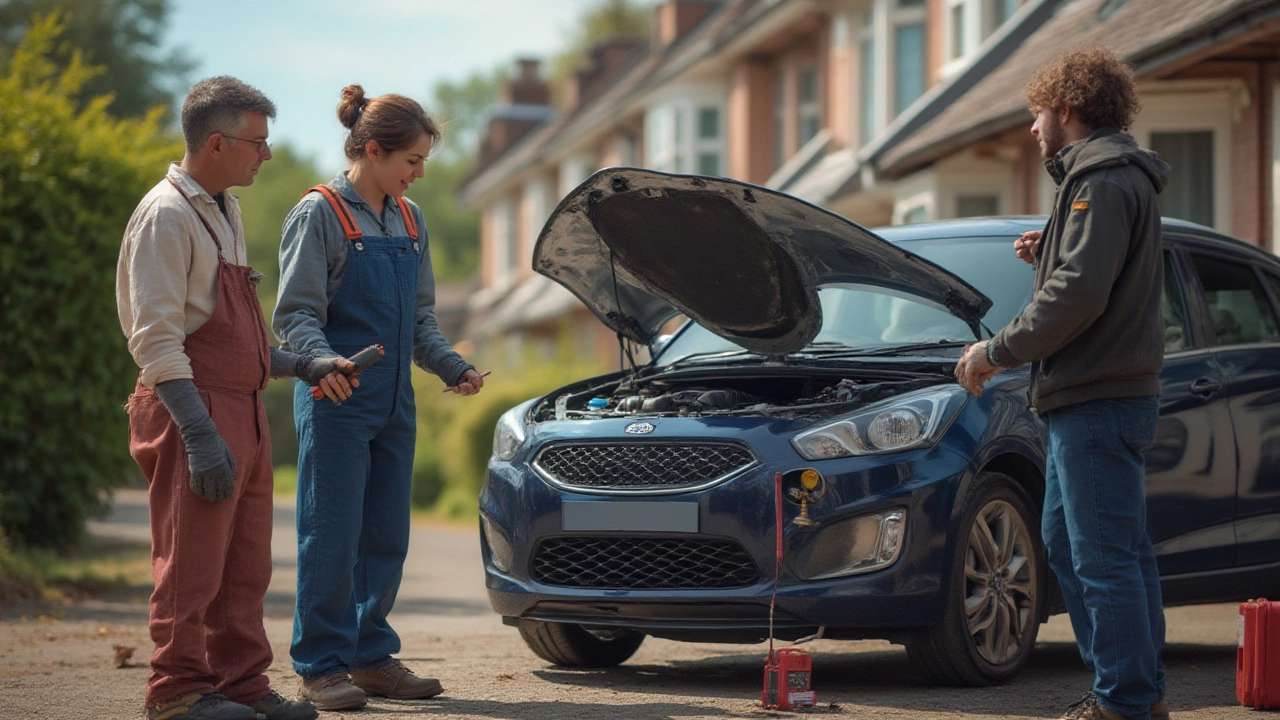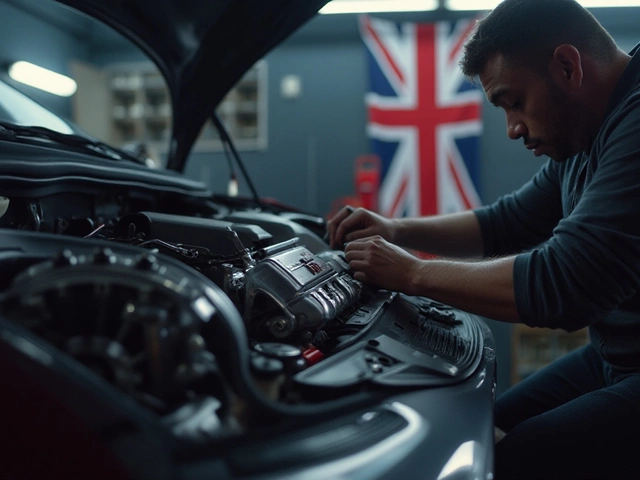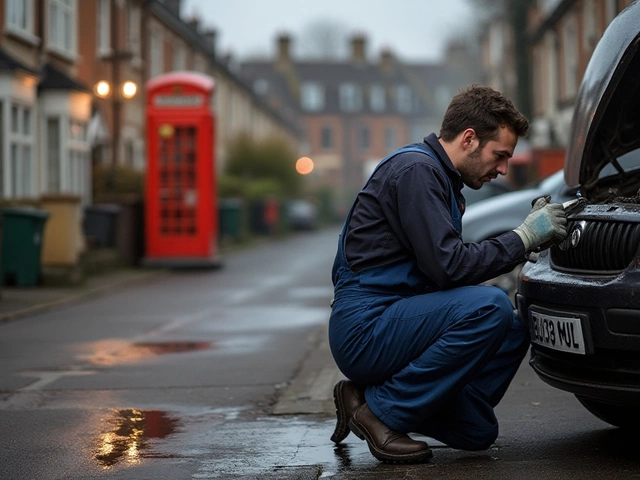Faulty Fuel Pump Symptoms, Testing & Fixes – Quick Guide
If your car sputters, stalls, or just won’t start, the fuel pump could be the culprit. A bad pump means the engine isn’t getting the fuel it needs, and the problem shows up in a few easy‑to‑spot ways. Below we break down the signs, how to test the pump, and what to do next.
Common Signs Your Fuel Pump Is Going Bad
First, listen for a whining noise from the rear of the car. That hum comes from the pump working harder than it should. If the sound gets louder or disappears completely, it usually points to a failing pump. Second, notice a loss of power when you step on the accelerator. The engine may stumble or feel like it’s choking on air.
Third, a hard start or a complete failure to start is a red flag. When you turn the key and the engine cranks but won’t fire, the pump might not be delivering fuel. Fourth, unexpected stalling at idle or while driving can also be a pump issue. Finally, you might see a drop in fuel efficiency because the engine is running lean.
DIY Test: Is Your Fuel Pump Bad?
Before you book a garage, you can run a simple test. Turn the ignition on (but don’t start the engine) and listen for that pump whine for a few seconds. No sound? Check the fuel relay and fuse first—these are cheap fixes. Next, locate the fuel line near the engine and feel for pressure. If you have a fuel pressure gauge, connect it to the test port and compare the reading to your vehicle’s spec sheet. Low pressure means the pump isn’t pushing enough fuel.
If you don’t have a gauge, another trick is to disconnect the fuel line at the pump and place a container underneath. Turn the key on; a working pump should push fuel out quickly. Anything slower than a steady stream suggests a problem. Remember to work in a well‑ventilated area and wear safety glasses.
When the DIY test points to a bad pump, it’s time to decide: replace it yourself or call a professional. Replacing a pump can be straightforward on some models, but many cars require the fuel tank to be removed or lowered. That’s messy work, and you’ll need a proper fuel extraction kit to avoid spills.
If you’re not comfortable with lifting the tank, a local garage like Northwich Tyres Centre can do the job quickly. They’ll also check the filter and fuel lines while they’re at it, preventing future issues. A typical pump replacement costs between £150‑£300 for parts plus labour, but prices vary by make and model.
Keep your fuel system healthy by swapping the fuel filter every 30,000 miles and topping up the tank regularly. Running on a very low tank can pull debris into the pump, wearing it out faster. Also, avoid filling the tank with contaminated fuel—use reputable stations and stay clear of cheap, off‑brand fuel.
In short, watch for whining noises, power loss, hard starts, and stalling. Do a quick pressure test, and if the pump looks bad, decide whether you’re up for a DIY swap or prefer a pro. Regular filter changes and proper fueling habits will help the new pump last longer.
 31 July 2025
31 July 2025
How to Test a Fuel Pump: Step-by-Step Guide for Accurate Diagnosis
Learn easy and accurate ways to test a fuel pump, spot warning signs, and choose the best tools. Find real tips from pros and spot-on advice for any skill level.






0